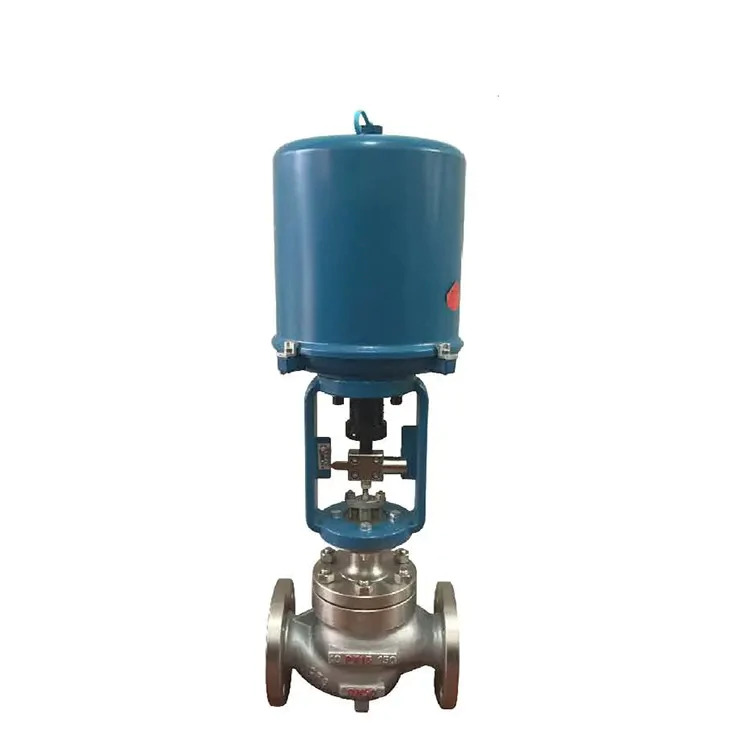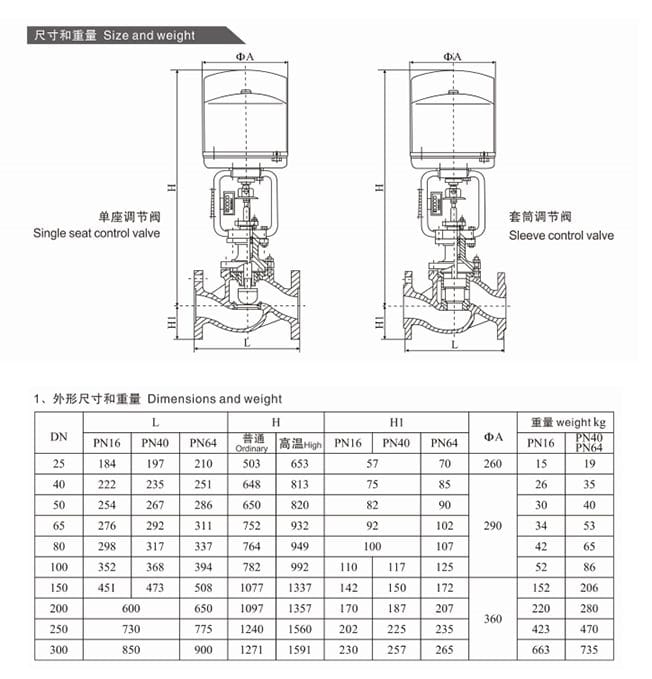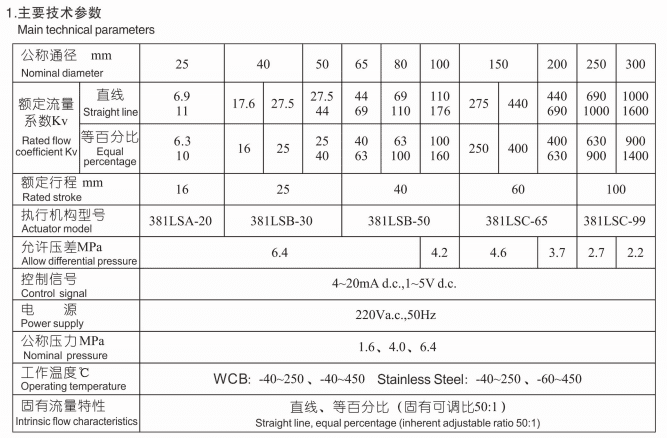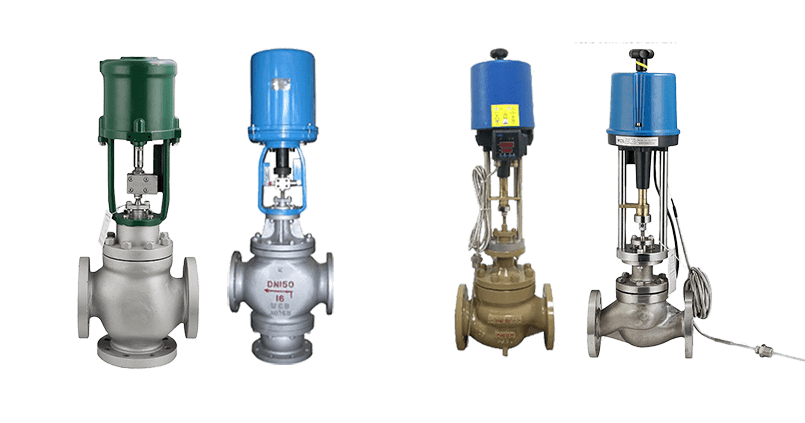COVNA Products


COVNA Electric Sleeve Control Valve
This series of products is a small-sized, high-performance electric single-seat (sleeve) control valve, which belongs to the high-quality basic electric control valve product. It is characterized by excellent performance and compact structure, and is suitable for production process control systems of various fluid media.
Main technical features
The control valve design has the advantages of reliable operation, extremely small seat leakage, flexible flow coarse adjustment and wide adjustable range. Its compact structure and smooth flow channel can effectively ensure the precise control of the medium and meet the use requirements under various working conditions.
Application and advantages
With good performance and stable operation status, this series of products can meet the strict requirements of users for adjustment accuracy and system stability in various production processes and control systems, showing its irreplaceable application value in industrial automation.
Technical Parameters of Valve Actuator
| Type | Electric actuator, intelligent integrated |
| Usage | regulating |
| Power supply | 220VAC ±10 % 50Hz, 380VAC ±10 % 50Hz |
| Control signal | 4-20mA.DC, 1~5V DC |
| Action to close | Input signal increase, valve stem descend, valve close |
| Action to open | Input signal increase, valve stem ascend, valve open |
| Lag | ≤0.8 %FS |
| Linear type | ≤1 %FS |
| Operating temperature | WCB: -40℃~+250℃, -40℃~+450℃
Stainless Steel: -40℃~+250℃, -60℃~+450℃ |
| Intrinsic flow characteristics | Straight line, equal percentage(inherent adjustable ratio 50:1) |
Technical Parameters of Valve Body
| Sleeve electric control valve indicators technical parameter | |
| Basic error | ±1.0 % |
| Backlash | 1% |
| Deadzone | 1% |
| Leakage | 5*103 valve rated capacity |
| Rated flow characteristics | ±10% |
| Intrinsic flow characteristics | slope±30% |
| Single-seat electric indicators control valve technical parameter | |
| Basic error | ±2.5 % |
| Backlash | 1.5% |
| Deadzone | 3% |
| Leakage | 1*10^(-4) valve rated capacity |
| Rated flow characteristics | ±10% |
| Intrinsic flow characteristics | slope±30% |
Types of Electric Control Valves:
The actuator on my automated valve operates, but the valve won’t turn. Why?
Most likely the valve stem or actuator coupling is broken.
Why doesn’t my valve open or close completely when the actuator operates it?
The electric actuator limit switches or the pneumatic actuator position stops are not correctly adjusted.
When I energize the solenoid on my pneumatic actuated valve, the valve won’t turn. How come?
Probably because there is no air pressure to the solenoid or dirt has jammed it. Also, debris might be trapped inside the valve. Or, the air pressure is not sufficient to operate the actuator. Remember: measure air pressure at the actuator, not at the compressor.
Can I buy an actuator from one manufacturer and mount it to a valve from another manufacturer?
Maybe. First, be sure that the actuator torque output is sufficient to turn the valve reliably. Second, you will have to fabricate a custom mounting bracket and coupling to connect the actuator to the valve.
What happens if I lose power to my electric actuator in the middle of an actuation cycle?
The valve will stop somewhere between full open and close. When power is reapplied to the original circuit, the actuator will complete the cycle.
I ordered a fail open pneumatic actuated valve by mistake. I needed a fail closed one. What can I do?
To make the change just remove the actuator from the valve and turn it, or the valve stem, 90 degrees and remount the actuator.
I’ve installed my automated valve in the line, but now I don’t know if the valve is in the open or closed position. How can I find out?
Remove the actuator from the valve and check the valve stem. Most ball valves have stem flats at right angles to the flow when the valve is in the off position. On butterfly valves check the stem flow arrow marking.
Do I have to have the solenoid valve that controls the air supply to my pneumatic actuator mounted right on the actuator?
Remove the actuator from the valve and check the valve stem. Most ball valves have stem flats at right angles to the flow when the valve is in the off position. On butterfly valves check the stem flow arrow marking.
How do I wire up my electric actuator?
Check the electric wiring schematic that came with the actuator for the correct hookup. Sometimes a copy is inside the actuator cover. If it is missing, don’t guess about the connections. Call the manufacturer for a schematic.
I’ve just installed an electric actuated valve and when I power it, it turns the valve 360 degrees and won’t shut off. What’s wrong?
The actuator is wired incorrectly (check the schematic accompanying the actuator), or the external control switch is not the correct type for the actuator.
My electric actuators cycle time is way too fast, can I slow it down?
Not unless you bought it with an optional speed control.
I just replaced a solenoid valve with an electric actuated valve and it won’t work. Why?
Actuators and solenoid valves require different types of electrical control switches. SPDT for actuators, SPST for solenoids. Check the actuator wiring schematic for the correct wiring and switch type.















